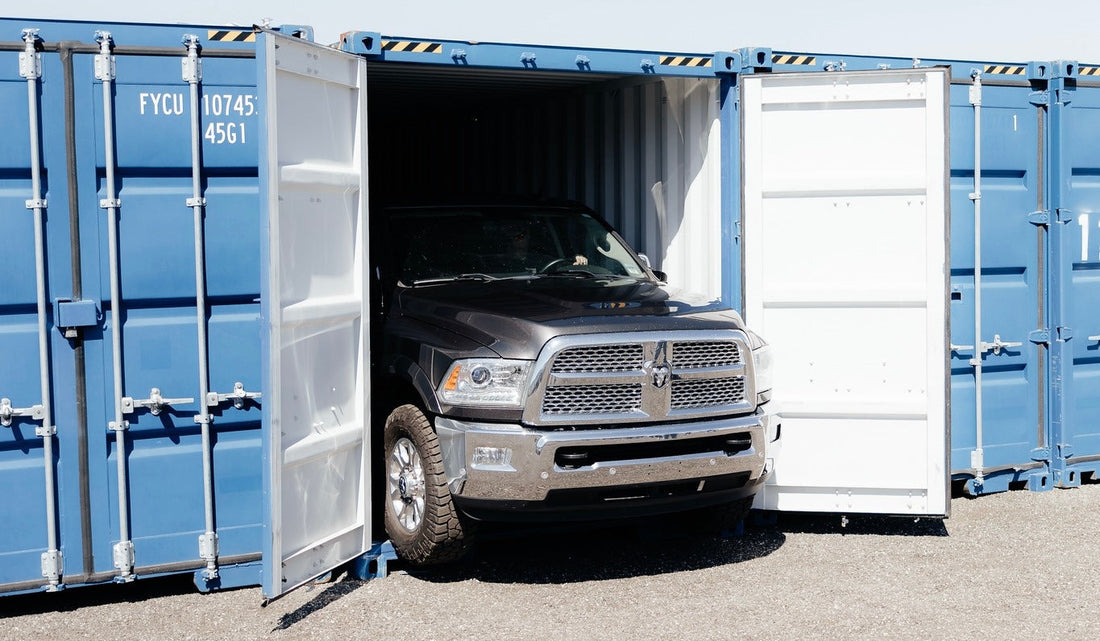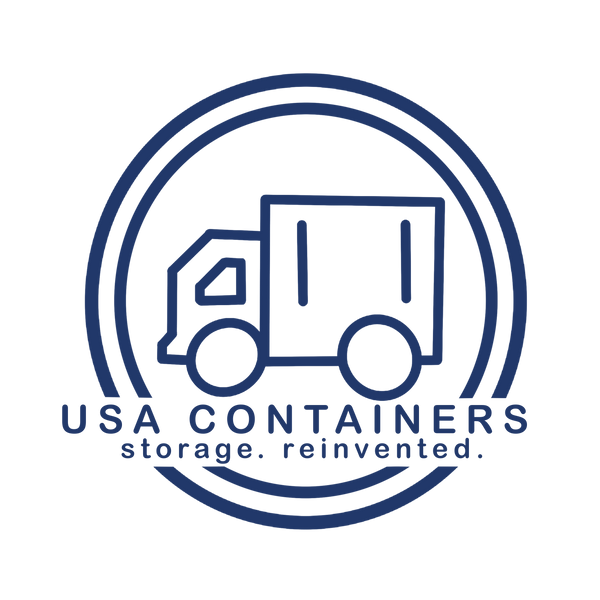
Using a Shipping Container to Move Overseas: What You Need to Know
Share
Moving overseas involves more than just a change of address—it’s a major life transition that requires careful planning, especially when it comes to transporting your belongings. Whether you're moving for work, retiring abroad, or just need a fresh start, using a shipping container is the most efficient and secure method for managing an international relocation.
Why Use a Shipping Container for an International Move?
Shipping containers are a great solution for overseas moves for many reasons:
Cost Efficiency: Sea freight is significantly more affordable than air freight, especially when transporting large volumes of personal items.
Security: Containers are sealed and remain closed throughout transit, reducing handling and the risk of loss or damage.
Flexible Options: Depending on the volume of your belongings, you can choose a full container load (FCL) or a shared container (less than container load, or LCL).
Door-to-Door Service: Many international moving companies offer end-to-end logistics, including pickup, customs clearance, and delivery to your new residence.
For individuals relocating with household goods, vehicles, or a combination of both, a shipping container offers a secure, customizable solution.
Step 1: Determine What to Ship
Before purchasing a shipping container or hiring a moving company, keep in mind that international shipping can be expensive. Consider what items are truly worth shipping and donate or sell the rest.
Recommendations:
-
Leave behind or sell easily replaceable items like mass-produced furniture or bulky appliances.
-
Bring essentials, valuable electronics (compatible with your destination’s voltage), and items with sentimental value.
-
Research what is readily available in your destination country to avoid unnecessary shipping.
Being selective not only reduces costs but also simplifies customs clearance.
Step 2: Choose the Right Container Size
There are two standard container sizes for international household moves:
-
20-foot containers: Suitable for a 1- to 2-bedroom apartment.
-
40-foot containers: Appropriate for larger homes.
If your belongings don’t fill an entire container, LCL (Less than Container Load) shipping is a more economical option. You’ll share space with other shipments, and only pay for the portion you use.
Step 3: Compare International Moving Companies
Not all moving companies specialize in overseas container shipping. Look for those with experience in international logistics and transparent pricing.
When gathering quotes, ensure they include:
-
Pickup and delivery services
-
Port and customs fees
-
Insurance options
-
Estimated transit times
Be sure to verify the company’s credentials and read customer reviews and confirm that they offer assistance with customs documentation.
Step 4: Prepare and Pack Your Belongings
Packing for an international move requires greater care than a local move due to the long transit time and potential exposure to weather conditions.
Packing Guidelines:
-
Use high-quality, weather-resistant boxes.
-
Cushion fragile items thoroughly.
-
Disassemble furniture to save space and reduce the risk of damage.
-
Label boxes clearly and create a detailed inventory for customs and insurance purposes.
Step 5: Understand Customs and Documentation Requirements
Customs regulations vary widely depending on the destination country. Before your shipment departs, gather the necessary documents, which may include:
-
A copy of your passport
-
Visa or residency documentation
-
A detailed inventory list
-
Bill of lading (provided by the moving company)
-
Receipts for high-value items
Your shipping company should guide you through this process, but it’s important to be informed. Failing to meet documentation requirements can result in delays, fines, or confiscation of goods.
Step 6: Monitor Transit and Prepare for Arrival
Once your shipment is en route, the moving company should provide tracking information. Transit times can range from 2 to 8 weeks depending on the origin and destination, as well as port congestion and customs procedures.
Upon arrival, your container will go through customs inspection. After clearance, it can be delivered to your new residence. Some moving companies also offer temporary storage solutions if your home isn’t ready for immediate delivery.
Step 7: Unpacking and Settling In
After delivery, inspect your items carefully. Take photographs of any damaged goods and report them immediately if you need to file an insurance claim. An organized inventory list will make this process easier and more efficient.
Some international movers also offer unpacking and assembly services, which can be especially useful after a long international journey.
Frequently Asked Questions
Can I ship a vehicle in the container with household items?
Depending on the amount of belongings you are shipping overseas, you can typically fit a vehicle and household items in the same 20’ or 40’ shipping container. Be sure the destination country allows vehicle imports and that all documentation (title, registration, emissions compliance) is in order.
What does container shipping cost?
Costs vary widely based on destination, volume, and services included, but a typical overseas container shipment ranges from $3,000 to $10,000. This often includes pickup, customs clearance, and final delivery.
Is insurance required?
While it might not be mandatory, comprehensive marine insurance is strongly recommended. It protects your belongings from potential loss or damage during transit.
Shipping containers offer a reliable and secure method for transporting belongings during an international move. With proper planning, the right logistics partner, and an understanding of customs and documentation, this process can be both smooth and cost-effective.
Fill out the form below for a free shipping container quote today:
